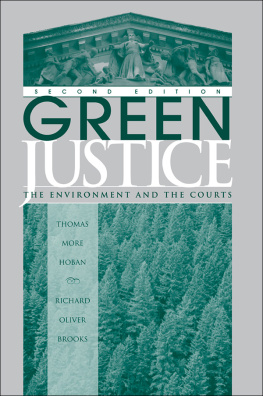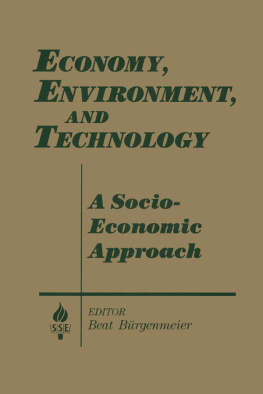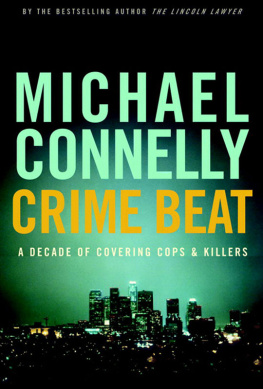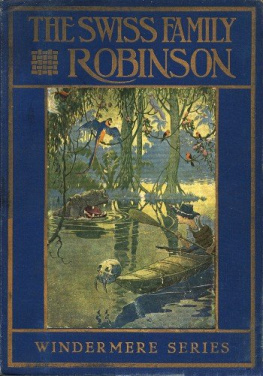COVERING THE ENVIRONMENT
This practical primer explains the primary issues in writing about the environment, identifies who to go to and where to find sources, and offers examples of writing and reporting the beat. Observations and story excerpts from experienced journalists provide real-world context both for those in the U.S. as well as internationally. Practice story assignments, resources, and a glossary of critical terms gives budding journalists all the tools needed to cover the green beat. Updated with detailed coverage of how companies and climate change have evolved over the past decade, this second edition expands upon the digital sphere and the myriad ways that deadline, multimedia and mobile reporting have changed environmental journalism. Including consideration of issues such as the water crisis in Flint, Michigan, and the GMO controversy, this new edition provides a fresh take on the green beat with a newly organized table of contents and a guide to freelance and entrepreneurial journalism anywhere in the world.
Contents include:
an overview and history of the environment and journalism, spotlighting the most significant issues in the beat;
guidance on understanding environmental and health science, ranging from issues of risk, to scientific research and studies, to interviewing scientists;
insights into government and regulatory communities and environmental advocates on all sides of the political spectrum and internationally;
assistance in accessing public records and conducting digital and computer- assisted reporting;
guidance in writing the story for print, broadcast and internet audiences;
an examination of the future of journalism and news coverage of the environment in the U.S. and throughout the world.
Author Bob Wyss has been a journalist and an educator for his entire career. He has covered environmental and energy issues for a variety of publications, including the Providence Journal, New York Times, Christian Science Monitor, Audubon magazine and Huffington Post. He has been a professor of journalism and has taught environmental journalism and other subjects, at the University of Connecticut and other schools. He is the author of three books.
Second edition published 2019
by Routledge
711 Third Avenue, New York, NY 10017
and by Routledge
2 Park Square, Milton Park, Abingdon, Oxon OX14 4RN
Routledge is an imprint of the Taylor & Francis Group, an informa business
2019 Taylor & Francis
The right of Bob Wyss to be identified as the author of this work has been asserted by him in accordance with sections 77 and 78 of the Copyright, Designs and Patents Act 1988.
All rights reserved. No part of this book may be reprinted or reproduced or utilised in any form or by any electronic, mechanical, or other means, now known or hereafter invented, including photocopying and recording, or in any information storage or retrieval system, without permission in writing from the publishers.
Trademark notice: Product or corporate names may be trademarks or registered trademarks, and are used only for identification and explanation without intent to infringe.
First edition published by Routledge 2008
Library of Congress Cataloging-in-Publication Data
Names: Wyss, Bob, author.
Title: Covering the environment: how journalists work the green beat / Bob Wyss.
Description: Second edition. | New York: Routledge, Taylor & Francis Group, 2019. | Includes bibliographical references and index.
Identifiers: LCCN 2018007820 | ISBN 9781138284401 (hardback) | ISBN 9781138284418 (paperback) | ISBN 9781315269511 (eBook)
Subjects: LCSH: Environmental protectionPress coverageUnited States. |
Environmental protectionPress coverage. | Mass media and the environment.
Classification: LCC PN4888.E65 W97 2019 | DDC 070.4/493637dc23
LC record available at https://lccn.loc.gov/2018007820
ISBN: 978-1-138-28440-1 (hbk)
ISBN: 978-1-138-28441-8 (pbk)
ISBN: 978-1-315-26951-1 (ebk)
Typeset in Interstate
by codeMantra
Visit the eResources: www.routledge.com/9781138284418
Covering the Environment is for students and professionals who want to learn how to report and communicate about the environment. This second edition remains a comprehensive book for those who wish to understand how journalists cover the environment. Besides being significantly updated with new examples, it also has been expanded dramatically to cover international environmental issues, and the digital journalism section has been updated and expanded.
At the time Covering the Environment debuted in 2008 it was the only textbook on environmental journalism and it remains the definitive guide used by students and educators throughout the U.S. and internationally. Besides students, it is designed for professionals both affiliated with news organizations and independent freelance journalists. News organizations began to take coverage of the environment seriously in the 1970s, and by the 1990s beat reporters in the U.S. organized to create the Society of Environmental Journalists to provide further understanding and professional development. While journalism continues to evolve and change, the quality of coverage of the environment has remained strong at a time when issues have become even more important. Most notably, the issue of climate change, of how humans are spewing massive amounts of carbon into the atmosphere and altering the global climate, will likely remain one of societys most pressing issues for decades into the future. The story of global warming too often has been wrapped in misconceptions or scare tactics. Covering the Environment is designed to provide guidance to avoid such journalistic traps.
The book is intended to provide readers with guidance in how to understand the beat by explaining the primary issues, identifying who and where to find sources, and providing examples on how to write and report the beat. It also provides some background to help would-be environmental journalists identify their audience and how they react to environmental news. However, the book is not aimed at communication scholars who analyze the role of the news media in covering the environment. Readers interested in that topic should be able to find what they need in a range of excellent academic journals.
Intended audience
Covering the Environment instructs advanced undergraduate and graduate journalism students about how to cover the science and environment community and then write and broadcast stories to a general audience. At the same time, it is versatile enough to be used in a range of interdisciplinary courses so that scientists and the environmental community can learn how to communicate with journalists and the general public. It also serves as a primer for thousands of working journalists who need to cover the environment on a regular or occasional basis. Finally, international journalism students and professionals can find most of the principles helpful in how they would approach the beat even if some of the regulatory and government structures are slightly different.












